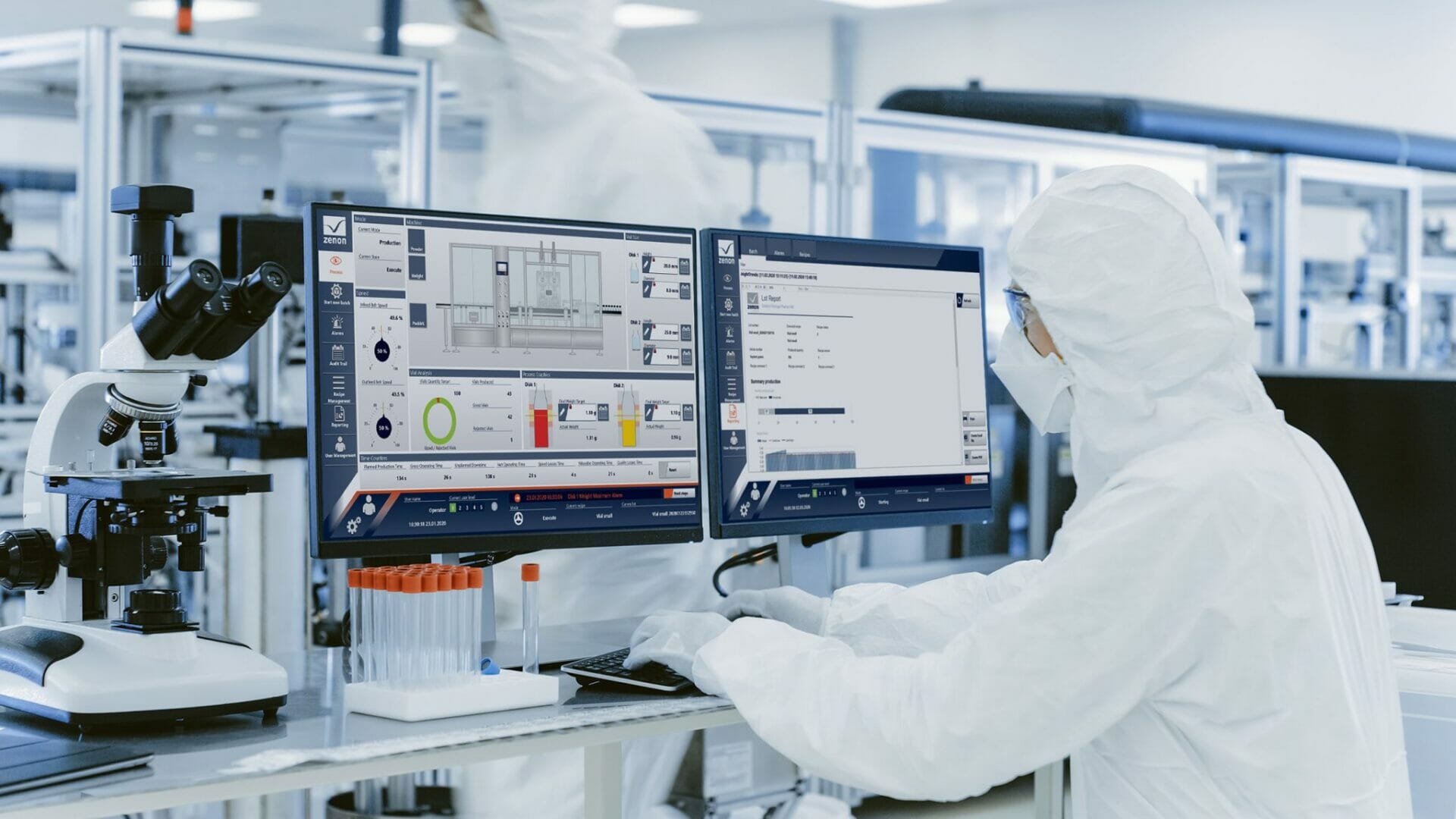Pharma processes rely on data. But with colossal volumes of information being captured each day, capturing meaningful insights is no easy feat. To gain knowledge and improve processes, pharmaceutical manufacturers need to collect, structure and collate data in a standardised way. Here, Alexandra Hughes, Industry Sales Manager at automation software supplier COPA-DATA UK, explains why industrial software is critical to achieving the goal of pharmacovigilance.
Pharmacovigilance is defined as the pharmacological science and activities relating to the detection, assessment, understanding and prevention of adverse effects, or any other drug-related problem. Essentially, it is the ongoing study of drug safety, which must be carried out throughout a product’s lifecycle.
In pharma production, this comes in the form of measuring and recording any deviations from a specified process — like unintentional changes to the way a drug has been manufactured. By using data, pharmacovigilance activities help to identify and remove potentially harmful products at the earliest opportunity. Smart data archiving also ensures manufacturers can analyse links between manufacturing deviations, defects and reported adverse effects of a particular batch.
Failing to achieve pharmacovigilance can lead to serious consequences. Data negligence, which describes poor data handling, analysis and archiving, can result in hefty fines. But in the pharmaceutical realm, this can also potentially harm the health of patients and be a danger to the public.
Goodbye to paper-based documentation
Despite the consequences of poor documentation, data is usually still stored manually in pharma processes. Huge amounts of data make this method prone to human error and difficult to standardise. In an industry so heavily defined by its regulations, this method is outdated and ineffective.
However, even operators of a digitalised plant face issues with data being isolated or siloed to individual areas, which then requires manual analysis.
The initial consequence of poor data management is a warning letter from the regulatory agencies, issued by the Office of Regulatory Affairs (ORA) inspectors for serious compliance deficiencies. According to big data and AI analytics firm, Govzilla, between 2015-2019, 79 per cent of all Food and Drug Administration (FDA) warning letters referred to Data Integrity problems.
These warning letters can be damaging to a company’s reputation. These letters are available to the public, which could damage the trust between the supplier and patient. What’s more, further non-compliance after receiving a warning letter can prevent the drug from being delivered to a particular region. In our aforementioned example, the FDA would stop drug delivery to America.
Most importantly though, receiving a warning letter related to Data Integrity suggests there are inaccuracies in the production process. If left investigated, this could lead to disastrous consequences should this impact the efficacy or safety of the medicine or drug.
Software for meaningful insights
Pharmaceutical regulation is not new. But now, there is now a greater need for sufficient data management, especially since the technology to do so is readily available. The use of automation software can make controlling, executing and analysing pharma production simple and consistent.
For instance, COPA-DATA’s zenon software captures data from any device or connected system in a pharmaceutical plant. zenon then transforms the data into a contextual offering to other systems, such as Data Historians or Manufacturing Execution Systems (MES), and acts as a standardised middleware application.
From this, zenon can pay specific attention to critical pharma process parameters in real-time. Every critical step that impacts the end-product gets recorded in an audit trail, meaning that complaints or concerns can be assessed with a batch report provided by zenon.
For example, if a parameter changes, such as an alert or alarm, zenon can highlight which parameter it is and even show who changed it. This allows users to remove any inaccuracies in drug safety data and provides them with a clear understanding as to why there are, or could be, errors in production.
Pharma manufacturing processes produce masses of data. Technology provides us with a method to capture and use data to comply with regulations and keep patients safe. Standardising data capture is key to eliminating the possibility of errors in production and ensuring pharmacovigilance.





